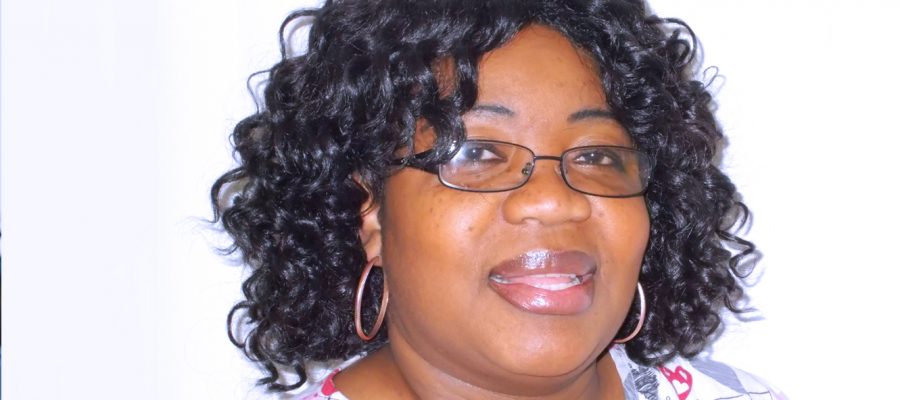 Did you know that the population of Americans 65 and older is projected to be more than 47 million this year? Additionally, data from the 2010 census showed that the number of Americans in this age demographic was higher than it had been in any previous census. As the population continues to age, more and more elderly Americans have some sort of senior care made available to them, whether it’s a family caregiver, moving to a nursing home, or receiving in home care services. A very unfortunate reality of this growing demographic is that instances of elder abuse might also rise. Let’s take a look at what elder abuse is, how to identify it, and where you can turn to get help.
Did you know that the population of Americans 65 and older is projected to be more than 47 million this year? Additionally, data from the 2010 census showed that the number of Americans in this age demographic was higher than it had been in any previous census. As the population continues to age, more and more elderly Americans have some sort of senior care made available to them, whether it’s a family caregiver, moving to a nursing home, or receiving in home care services. A very unfortunate reality of this growing demographic is that instances of elder abuse might also rise. Let’s take a look at what elder abuse is, how to identify it, and where you can turn to get help.
First, what is elder abuse?
There are various types of abuse and neglect. Most organizations recognize the same five categories of abuse. According to the American Psychological Association, the major types of elder abuse are:
-
Physical: This is the most obvious of abuse situations. Physical abuse covers all aspects of bodily harm or injury. Examples are biting, kicking, shoving, pushing, pinching, slapping, etc. Restraining a person can also be considered physical abuse, especially if excessive force is used. Physical abuse can be subtle; grasping someone so hard that they bruise, or overt; striking or breaking bones.
-
Verbal, emotional, or psychological: This sort of abuse includes threatening, manipulative, or coercive behaviors directed at a senior citizen by his or her caregiver. Name-calling, silent treatment, or disparaging/insulting remarks can all be considered verbal or emotional abuse. Psychological elder abuse refers to situations in which the caregiver creates an environment of fear for the patient, and thereby can take advantage of or otherwise abuse the senior citizen.
-
Sexual: Like other types of elder abuse, sexual abuse can take many forms. Rape and forcible sodomy are at one end of the spectrum, while inappropriate touching or exposure are at the other end. Basically, any non-consensual touching or behavior could potentially be sexual abuse of someone in senior care. And of course, the ability of a person to consent must be considered, especially if they are diagnosed with Alzheimer’s or dementia. The APA reports that this may be the most under-reported elder abuse crime.
-
Financial: In many instances, someone who is in a caregiver position could have partial or total control of a senior’s finances. This provides an opportunity for financial abuse or exploitation because the victim may be unaware of or unable to stop the behavior. Some examples are fraud, embezzlement, scams targeted towards seniors, and denying a person access to his or her funds.
-
Caretaker Neglect: Neglect can occur anytime a person’s basic needs are not being met by someone who is responsible to do so. For those enrolled in senior care, basic needs might include help with bathing, dressing, or toileting, or help paying bills and preparing meals. As this recent case in Memphis shows, neglect can encompass the other types of abuse as well. In this instance, an elderly father was left in dirty diapers, with no electricity in the home, and his caregiver daughter was using his funds for personal gain.
How many people suffer from elder abuse?
It is difficult to know how many cases of elder abuse occur each year. One must first understand the difference between prevalence of incidents and actual reports or cases. You can think of it like an iceberg: what you see above the surface is the number of cases where elder abuse is actually reported and investigated, but the ice below the surface represents instances of elder abuse that goes unreported.
Why might cases go unreported and therefore uninvestigated? Often, the abuser is a family member or someone else close to the family, and the elderly patient may not want to get them in trouble. In other cases, a person may not be capable of speaking for themselves, or adequately conveying that elder abuse is occurring. Although it’s difficult to get actual numbers, here is some data from recent studies compiled by the National Center on Elder Abuse (NCEA):
-
One study estimated that only 1 in 14 cases of elder abuse ever comes to the attention of authorities. The New York State Elder Abuse Prevalence Study found that for every case known to programs and agencies, 24 were unknown.
-
Major financial exploitation was self-reported at a rate of 41 per 1,000 surveyed, which was higher than self-reported rates of emotional, physical, and sexual abuse or neglect.
What are the signs of elder abuse in senior care?
Just as there are many different types of elder abuse, there may be a variety of red flags or signs that warrant further attention. Pay particular attention if someone in senior care:
-
Has unexplained bruises, sore spots, or suspicious accidents (physical)
-
Is timid or seems fearful, even among loved ones (verbal, emotional, or psychological)
-
Is conspicuously unavailable unless a certain person/caregiver is also present (any)
-
Has unexplainable STDs or discomfort in private areas (sexual)
-
Cannot account for financial transactions, bills are going unpaid, or the person’s care is not commensurate with their estate (financial)
-
Has basic needs that are not being met, like poor hygiene, trash piling up in the house, not being fed, etc (caregiver neglect)
If you recognize any of the signs above in a senior care situation, you must notify someone in authority (see below for resources). Of course, not every sign is necessarily proof of elder abuse, but it is much better to confirm than to ignore potential warnings. At Pennsylvania Agency of Nurses, all of our employees and administrators are mandatory reporters if elder abuse is suspected.
What to do if you suspect elder abuse:
Thankfully there are many, many resources available to get help, ask questions, etc. Please click any of the links below to learn more and/or notify the proper organizations if elder abuse is suspected:
-
Adult Protective Services for Pennsylvania
We’ve taken a comprehensive look at what elder abuse is, how to recognize it, why it’s a difficult program to get data on, and most importantly: where to turn if you suspect someone is being abused in senior care. To learn more about important topics, please visit our blog or contact us with questions!
{{cta(‘2f52f924-8d16-47ea-9414-8a32b6e36c45’)}}








